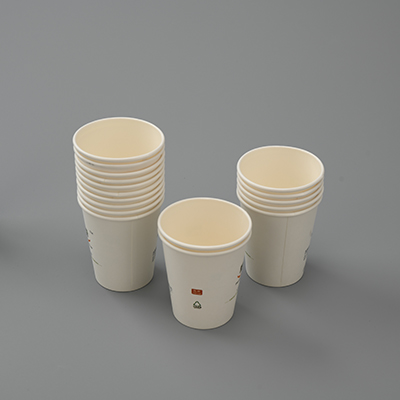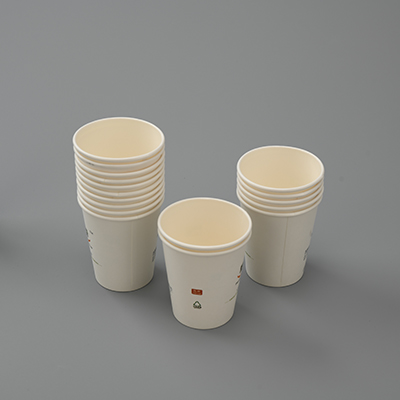
What makes a paper cup recyclable is primarily its composition and the absence of non-recyclable materials. A recyclable paper cup is typically made from a single type of paper material that can be easily processed through recycling systems to create new paper products. The key factors that contribute to the recyclability of paper cups include the type of paper used, the absence of non-recyclable coatings, and the cup's design for efficient recycling.
Recyclable paper cups are usually constructed from high-quality paperboard that is free from additives like wax or plastic linings. These linings are often used in non-recyclable cups to make them waterproof, but they hinder the recycling process. In a recyclable paper cup, the absence of these non-recyclable coatings ensures that the cup can be effectively broken down and reprocessed into new paper products.
Additionally, the design of a recyclable paper cup plays a role in its recyclability. Cups with minimal ink or labeling are preferred, as excessive printing can reduce the quality of the recycled paper fibers. Similarly, cups with minimal attachments, such as plastic lids or straws, are more likely to be accepted by recycling facilities, as these attachments might need to be separated and recycled through different channels.

Ultimately, the recyclability of a paper cup is determined by its compatibility with existing recycling processes and facilities. When paper cups are designed with materials that can be efficiently processed and reutilized, they contribute to a more sustainable and circular approach to packaging, reducing the demand for virgin materials and decreasing environmental impact.